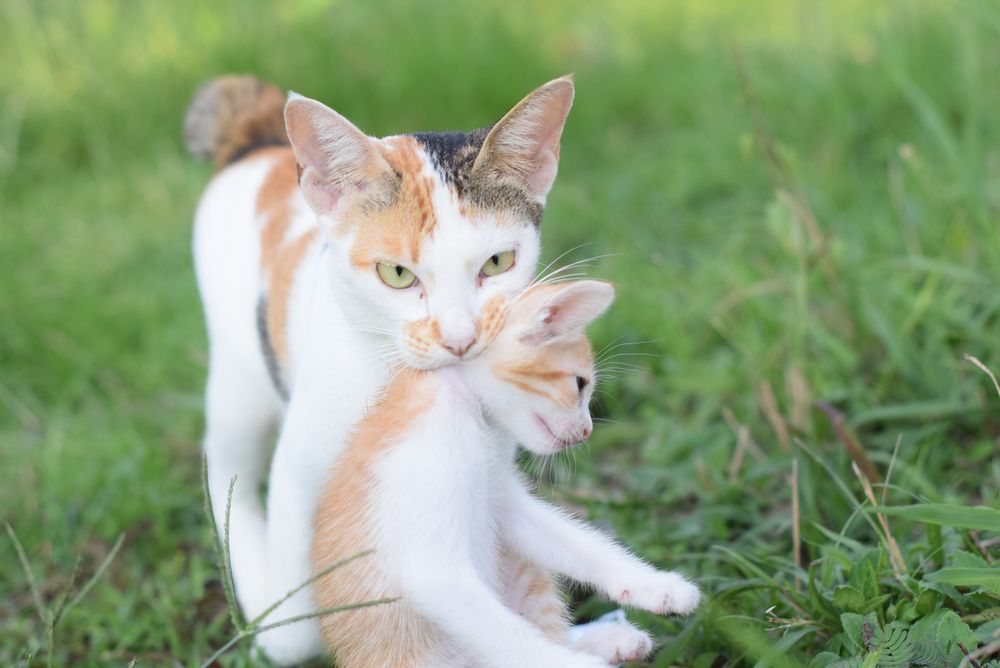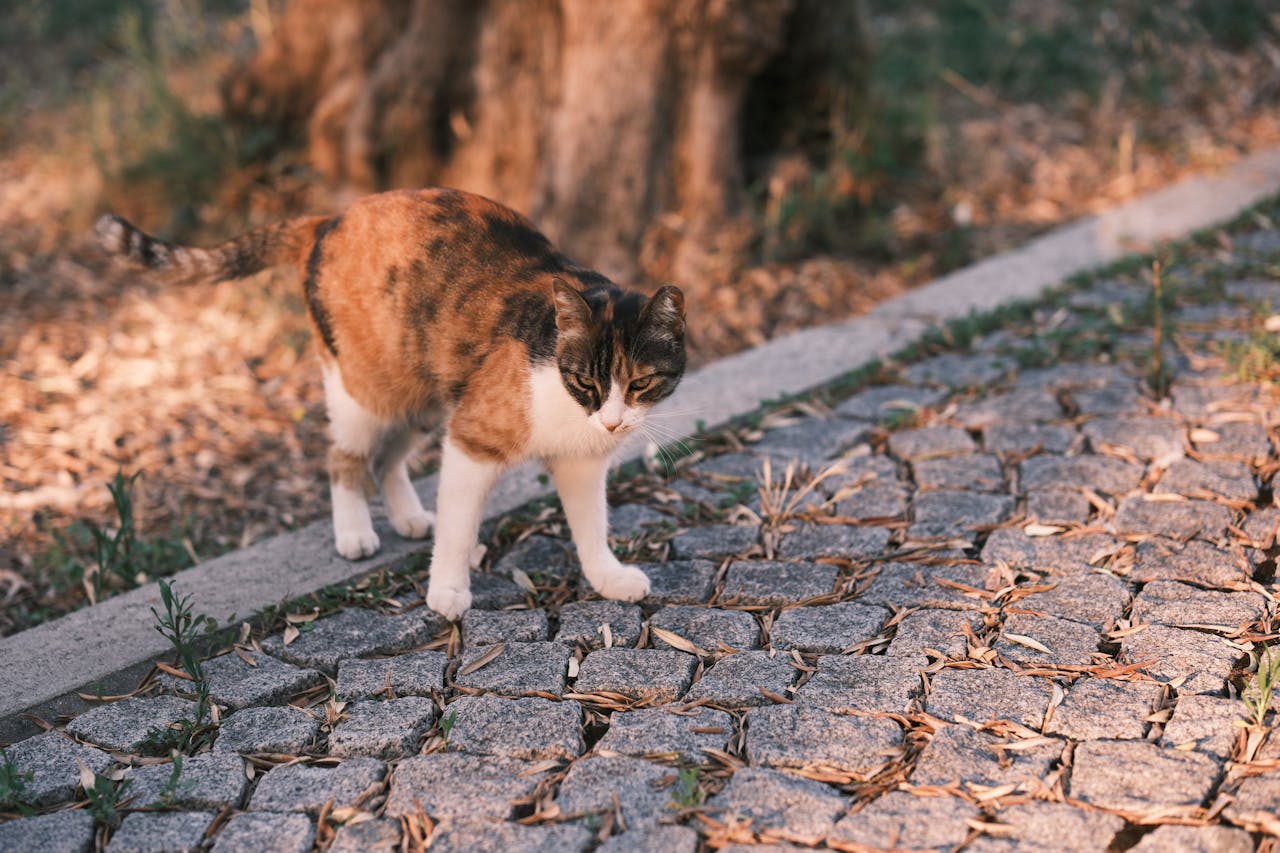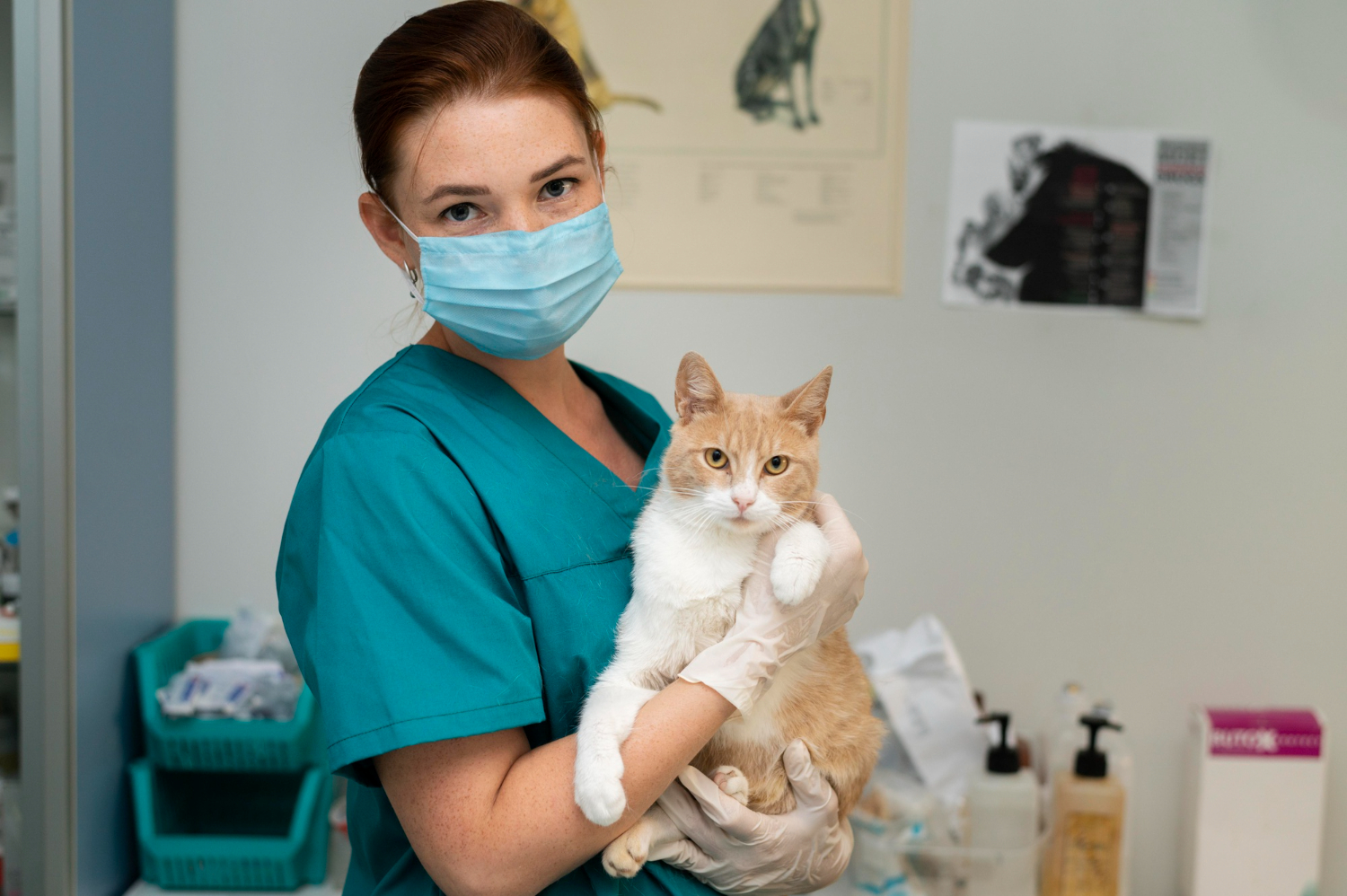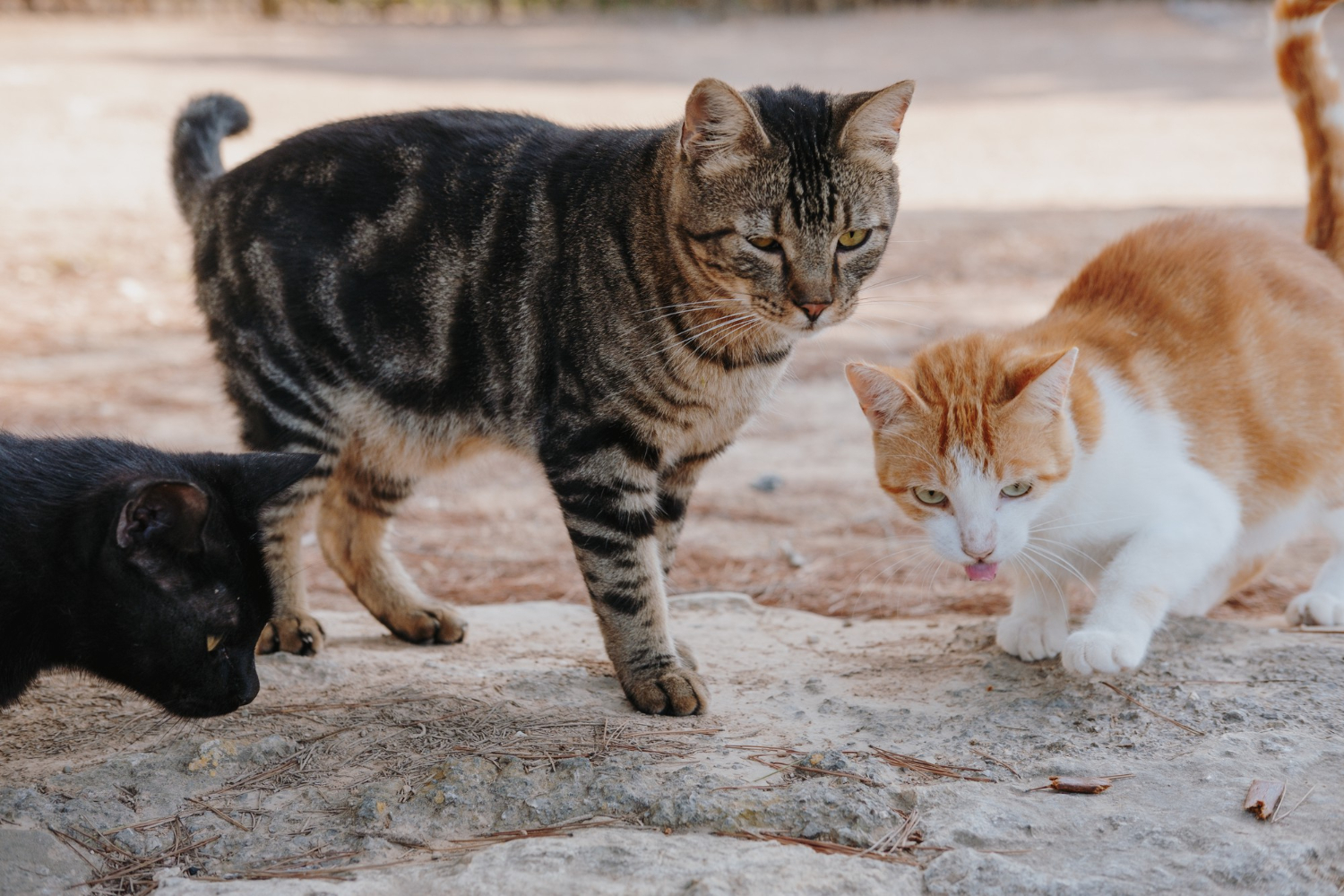Cats thread through daily life in Cyprus like moving shadows along sunlit stone. They curl under taverna chairs, patrol monastery courtyards, and appear on footpaths as if summoned by the breeze. The charm is obvious, but so is the scale. Residents and officials speak of numbers that rival the human population, a living tapestry that fascinates travelers even as it strains local ecosystems and services.
Here’s the thing. Cyprus is adjusting. Policymakers have boosted funding, conservation groups are coordinating, and veterinarians are pushing for simpler, faster sterilization. This piece maps the moment between affection and management. It explores how the population swelled, what the new money can do, the history that keeps cats anchored in local identity, and how visitors can enjoy the island while supporting responsible care.
A Living Feline Landscape

Cats are part of the scenery from Nicosia parks to coastal promenades. They move with the rhythm of cafés and market hours, forming small colonies near steady food. For travelers, the presence reads as welcome and warmth, a sign that neighborhoods are used rather than staged for show.
The scale is unusual for a small island. Officials speak of a ratio close to one cat per resident, while activists suspect higher counts in dense urban pockets. The effect is visible in busy districts where leftovers, shelter, and kind routines help kittens survive and numbers climb.
How the Numbers Grew
Urban density concentrates food and cover. Mild winters, outdoor dining, and tourist seasons lift survival rates. When sterilization lags behind births, growth compounds across years, and colonies expand into alleys, courtyards, and waterfronts.
Volunteers round up hundreds at a time, yet the effort barely clips the curve. A small budget once covered only a few thousand procedures each year, leaving gaps between intent and need. The result is a patchwork of good work stretched thin across many neighborhoods.
Short bursts of aid help, but consistency matters more. Without steady campaigns, gains in one district wash out when breeding resumes nearby.
Officials now track hotspots to focus teams where the math is worst. That shift turns scattered effort into targeted progress, linking data with action.
Travel Encounters With Cats

Restaurants and guesthouses often adopt a few regulars. The familiarity softens evenings, adding a gentle backdrop to conversation and sea air. In old town lanes, cats share space with walkers who pause, smile, and carry on.
Parks and monastery paths add a quieter register. Here the animals blend with incense, bells, and low voices, making the landscape feel lived in. The presence is not curated for visitors. It is simply there.
What The New Funding Means
On World Animal Day in early Oct., authorities tripled annual sterilization funds. The signal is clear. Capacity must rise, and logistics must get easier for citizens and rescue groups who do the rounding up.
Money, by itself, is not a plan. Clinics need streamlined access, transport must be scheduled, and outreach should guide residents on when and how to bring animals in. Without that choreography, euros drift rather than land.
Two kinds of costs shape outcomes. Feral procedures run lower than owner pets that need fuller care, so budgets must weight both and remove friction where it slows the highest impact work.
Shorter waiting times, mobile teams, and predictable clinic hours turn goodwill into measurable results. That is how funding becomes fewer litters and calmer streets.
Why Planning Matters

Mass sterilization works only when timing and coverage beat the birth cycle. Maps of colony hubs, seasonal schedules, and standard protocols create tempo and reach. With those in place, population growth bends in a few years, not decades.
A plan also guards the island’s birds and reptiles. Predation falls as numbers stabilize, and welfare improves for cats who otherwise compete for food and shelter in traffic heavy areas.
Threads Of Deep History
Cyprus carries one of the earliest human cat stories. Archaeology points to a Neolithic burial pairing, a quiet signal of companionship that predates written myth. The bond has roots older than the island’s churches and forts.
Legend adds another thread. A fourth century tale remembers an imported cat brigade sent to tame snakes, and a coastal monastery still shelters felines as part of its daily rhythm. Culture, memory, and habit have kept the relationship close.
On The Ground: Volunteers And Vets

Rescue groups bring skill in trapping and transport. They know which alleys crowd in spring, which markets feed at dawn, and which courtyards need a patient approach. Their work multiplies when clinics waive red tape and offer walk in slots.
Veterinarians argue for a single, unified program that routes strays to designated practices without hurdles. A simple reporting tool helps residents flag clusters, while donations bridge gaps between public funds and peak season demand.
With coordination, the curve can shift within four years. That horizon depends on steady funding, quick procedures, and a calm public message that turns care into routine.
Practical Etiquette For Visitors
Admire, do not feed. Uneaten scraps attract more animals and pests, and trained feeding teams already operate in key areas. If support feels right, give to local groups rather than handing out food.
Mind doorways, gardens, and parked cars where kittens hide. Step lightly, keep bags closed, and follow signage near monasteries and sanctuaries. Small courtesies protect curious animals and preserve the easy welcome that draws people here.


